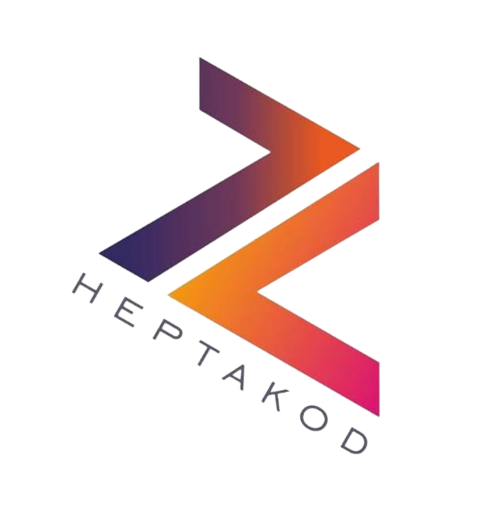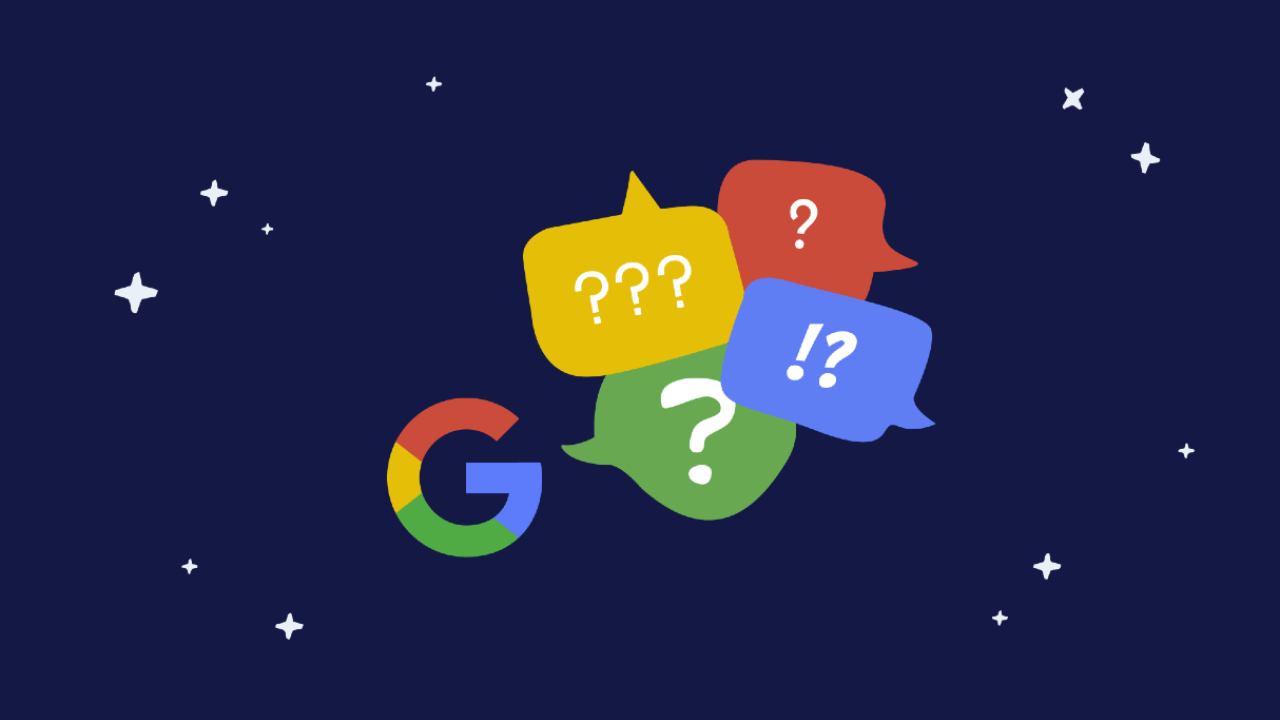Az bilinen dillerde kullanılabilir
Şirket, bu projenin ilk adımı olarak 400’den fazla dili destekleyen bir yapay zekâyı tanıttı. Bu model Google tarafından “şu an bir konuşma modelinde görülen en geniş dil kapsamı” olarak nitelendirildi. Dil ve yapay zekâ ABD’li teknoloji devinin çalışmalarının bir süredir merkezinde yer alıyordu. Makine öğrenimindeki son gelişmeler de çok işlevli büyük dil modellerinde bu tarz önemli gelişmeler yaşanmasını ve yeni ürünlerin çıkmasını sağladı.
Dil modelleri; arama motorlarında, dil yapısına sahip içerikler oluşturma, çeviri gibi birçok farklı şey için kullanılabiliyor. Google’ın 1000 dillik yeni girişimi ise tek bir işlevden ziyade dünya dilleri hakkında geniş bir bilgi birikimine sahip olan tek bir sistem ile farklı farklı işlevler için kullanılmak isteniyor.
The Verge’e açıklamalarda bulunan Google’ın yapay zekâ bölümünden Zoubin Ghahramani de şirketin, bu kadar büyük bir modelin çevrim içi ortamlarda yeteri kadar yaygın olmayan diller için çeşitli yapay zekâ işlevleri sağlayabileceğine inandığını belirtiyor. Ghahramani bununla ilgili şu ifadeleri kullanıyor:
“Birçok farklı dile maruz kalan ve bunlar üzerinde eğitilen bir model, bahsettiğimiz az temsil edilen dillerde (düşük kaynaklı dil) daha iyi performans elde etmemizi sağlıyor. 1000 dile ulaşmanın yolu 1000 farklı model oluşturmak değil. Diller organizma gibidir; birbirinden evrimleşmişlerdir ve bu yüzden benzerlik gösterirler. Yeni bir dilden gelen verileri modelimize dahil ettiğimizde, yaygın bir dilden düşük kaynaklı dillere çeviri elde edebilir ve önemli gelişmeler kaydedebiliriz.”
Şirket, modelin Google Çeviri, YouTube altyazıları ve diğer ürünlerinde kullanılabileceğini söylüyor
Şirket, düşük kaynaklı diller için gereken yazılı metin, ses kayıtları gibi erişimi zor olan verileri finanse edeceğini de ekliyor. Google’ın bu modelin işlevselliğini nereye uygulayacağına dair doğrudan bir planının olmadığını da eklemek gerek. Teknoloji devi şimdilik Google Çeviri, YouTube altyazıları gibi çeşitli Google ürünlerinde kullanılmasını bekliyor. Ghahramani de bu tarz geniş dil modellerinin robotlar için kodları komuta çevirme, matematik problemlerini çözme, dilden dile çeviri yapma gibi çok farklı görevleri yerine getirebileceğini, bu yüzden büyük potansiyeli olduğunu son olarak ekliyor.
Bu tarz benzer bir proje, bir diğer teknoloji devi Meta’dan da gelmişti. Mark Zuckerberg yönetimindeki şirket, bu yılın başında hem online hem de fiziksel olarak konuşma bariyerini ortadan kaldırabilecek ‘evrensel konuşma tercümanı’ olarak nitelendirilen bir yapay zekâ projesi üzerinde çalıştığını duyurmuştu.







Yorumlar (0)
Yorum Yap
E-posta adresiniz yayımlanmayacak.